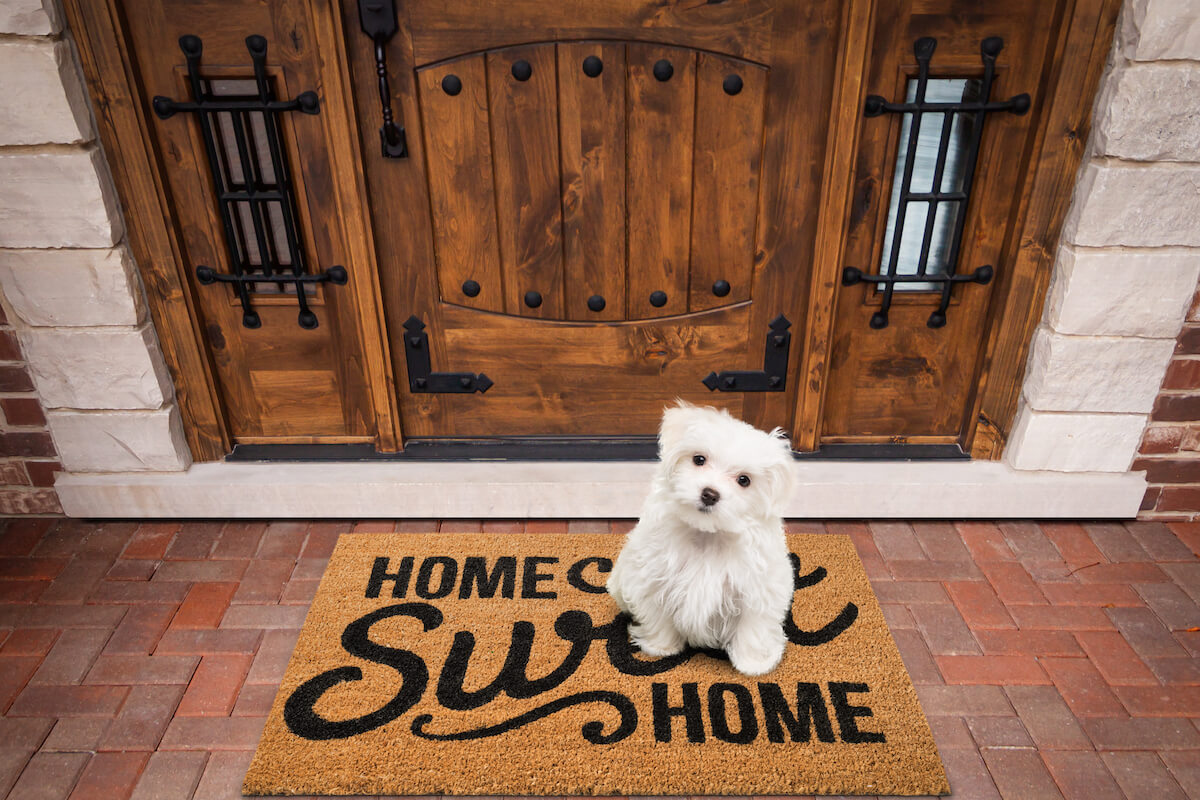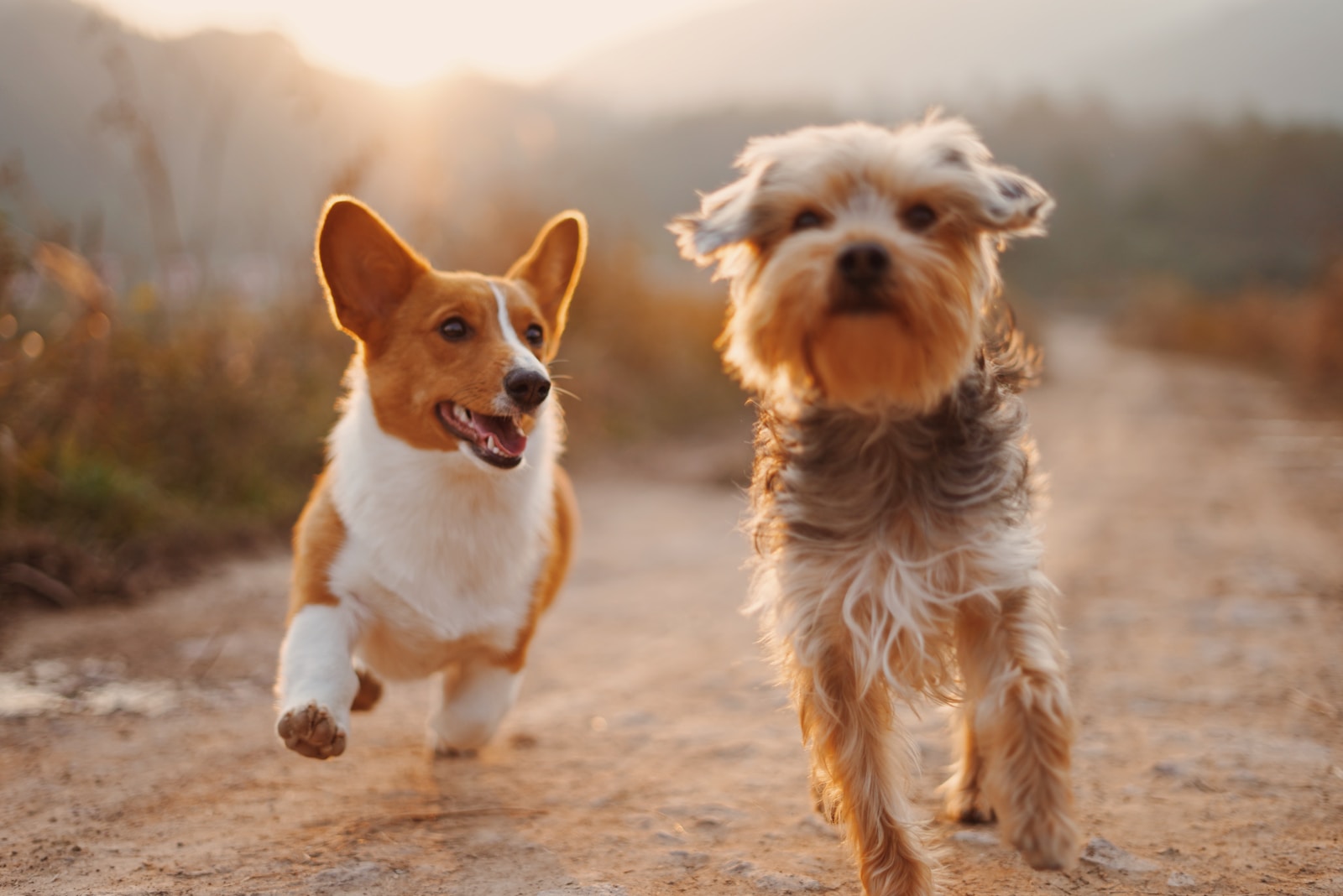Are you a new pet owner and looking for ways to puppy-proof your home? You’re in the right place! Puppy-proofing your home is an important part of being a responsible pet owner. It allows you to create a safe and secure environment for your new pet and help them adjust to their new home. While it can be a daunting task, with the right preparation and supplies, you can puppy-proof your home quickly and easily. In this article, we provide a comprehensive checklist to help you puppy-proof your home and make it a comfortable and healthy environment for your new pup. Read on to learn more!
Why is puppy-proofing your home important?
When you bring a new dog into your family, you want to create an environment that is both safe and comfortable for them. This means making sure your home is fully prepared for the new addition. While some dogs may be more ready to move in than others, no matter the circumstance, there will always be some things you can do to prepare your home. This is especially important if you are moving into a new home and want to continue living in your home while your new dog adjusts. Puppy-Proofing your home may seem like a daunting task, but it can be accomplished very easily if you have a plan in place. This will have to be a gradual process as your pup grows, and it will require patience, time, and willingness to try new things.
Supplies for puppy-proofing your home
– A checklist – It’s important to write down what you do in each room and any hazards you find. You can use a notebook, a special checklist, or an app to help you keep track of what you do in each room. – A dog door – This will allow your dog to safely access his outdoor space, and will also allow you to access your outdoor space without having to run through your house. – A dog gate – This will allow your dog to safely access certain areas of your home and will keep him from wandering into dangerous areas, like your stairs. – A collar and leash – This will help you control your dog when he is inside and outside your home. – A dog-proof radio – This will allow you to crate your dog and limit his access to harmful radio frequencies. – Food and water bowls – These should be placed close to your dog’s bed so he doesn’t have to go far for meals and to potty. – Pads and a blanket – Your dog will need these to feel comfortable as soon as he moves in.
How to identify and remove hazards
Here we’ll explain how to identify and remove hazards in your home that may lead to aggression and accidents. If your new dog has any of these issues, we recommend first working with a qualified behaviorist to help your dog learn how to deal with his issues. – Noise – Many new dog owners fail to consider the amount of noise their new dog will create. New, high-pitched dog voices can cause nearby pets and humans to react negatively, which can lead to aggression. – Food and water – While it may be natural for your pup to have a love for food and water, this can be dangerous if it leads to an accident or aggression. If you have a pup who has accidents inside, you may want to place his food and water bowls in a less accessible place, like the basement or a room with less traffic. – Crates – While it may be natural for your dog to want to go inside a crate when he’s tired or anxious, it can also lead to aggressive behavior if the crate is too small or too open. If your pup has an issue going inside a crate, you may want to consider using a crate as a place to put your dog when you’re away from home, to reduce the chances of your pup getting into trouble.
Choosing the right space for your pup
Choosing the right space for your pup will depend on a few things, including his personality and how he reacts to certain places. You may want to consider the following when choosing the right space for your new pup. – The dog’s size – If your dog is small, you will want to make sure he has enough room to move around and stretch out. If he is too big for his space, he may start to feel trapped. – The dog’s age – Dogs age differently than humans, so you may want to make sure your pup has enough room to run around and explore. Younger dogs may seem less bothered by space, but this may change as they grow older. – Secondary factors – Another important factor to consider is your lifestyle. If you have young children, you may want to choose a different space, as they may be in danger from your pup. Similarly, if you have a busy or messy lifestyle, you may want to choose a different space.
Setting up the perfect puppy-proof environment
Setting up the perfect puppy-proof environment requires a little creativity and patience. This is especially important when your new pup is young and just beginning to explore his new surroundings. When choosing where your pup will spend his time, think about how he will react to certain places. Many new dog owners will choose a room that is closest to where they sleep, thinking that their pup won’t want to go there. This is a common mistake, as your pup may be anxious or anxious about something else in the room. If you think your pup may be anxious about something in the room, try to change the environment by adding something new. This can be as simple as rearranging books or putting a new toy in the room.
Creating a safe outdoor space for your pup
Most new dog owners will want to create an outdoor space for their new pup. This is important for several reasons, including providing your dog with exercise and fresh air, letting him explore the natural world, and giving him a place to relieve himself. When creating a safe outdoor area for your pup, make sure it meets several important criteria. – The outdoor area should be an extension of your home and not your home itself. This will allow your dog to feel comfortable in his outdoor space, while still being able to safely enter his home if he needs to. – It should be safe and secure, while being accessible. This means that it should be close enough to your home so that you can easily enter it while your dog is outside, and be easily accessible enough that your dog can get to it. – It should be large enough for your dog to fully exercise without getting bored. This will prevent him from becoming territorial or aggressive towards other animals, as well as give him enough space to relax and have a good time. – It should be easy to clean and maintain. This will allow you to keep your outdoor space safe and healthy for your dog, as well as make it easy to clean when needed.
Frequently asked questions about puppy-proofing your home
Here we’ll answer some of the most frequently asked questions regarding puppy-proofing your home. If you have any other questions, please feel free to leave a comment below, and we will do our best to answer them.
What supplies do I need for puppy-proofing my home?
You will need a notebook or a special checklist to help you record what you do in each room, a dog-door and a dog-gate, a collar and leash, and some food and water bowls.
How long will it take to puppy-proof my home?
This will depend on the rooms in your home and how easy they are to puppy-proof. It can also depend on how quickly your pup grows and develops.
Do I need to puppy-proof my home all at once?
No. It is important to start puppy-proofing your home now and build momentum. As long as you work a little bit each day, you will make great progress.
What if my dog doesn’t like anything in the room?
These are some of the most common dog-reaction issues, so they will be the easiest room to puppy-proof. Other rooms could be more difficult, depending on their location and how dangerous they may be. If your pup doesn’t like something in a room, you will want to try to change the environment so that your dog feels safe and comfortable.



